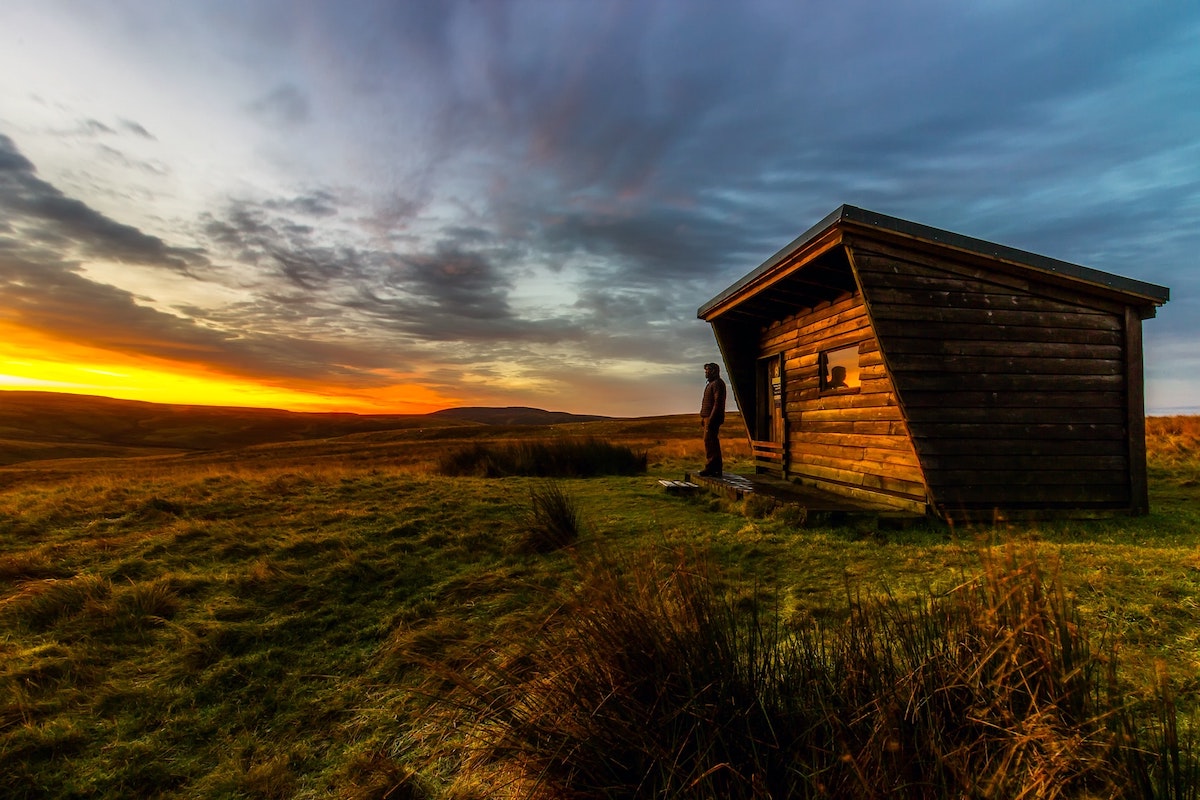Your Tiny House: Alternative Housing Requires Alternative Budgeting

Now that more people have the option to work from home, a tiny house and other types alternative housing may be an option for more people. Without the need to live near a place of employment, more people are exploring tiny houses, RV living and even uncommon structures such as yurts and earth-sheltered homes. But even though most of these options have a lower sticker price than a traditional suburban mortgage or big city rent, they come with their own budgeting challenges. Here are some factors to keep in mind when considering the purchase of an alternative home.
Be Realistic About Purchase Price
A tiny house or other alternative dwelling almost universally costs less than a mortgage on a suburban home. However, just because the purchase price is lower doesn’t make it automatically more affordable. Many alternative buildings aren’t eligible for mortgages and other financing, which means you’ll need to cover the full cost. Some of these dwellings are inexpensive enough to be bought outright, or can be covered with small personal loans. Thankfully, some manufacturers have in-house financing, which could help you avoid having to save up enough for an entire building at once.
Know Your Zoning Laws
While rural properties may have looser regulations, many municipal areas simply don’t allow long-term living in RVs, campers, tiny houses and similar structures. For those areas that do, there may be costs associated with inspections, special permits and surveys. If you’re able to have your alternative home in an area with relatively loose regulations, or in RV-friendly counties, you may be able to forego these costs altogether. But because some areas have a lot of hoops for you to jump through first, it’s important to be aware of what these hoops might be before you start building – or buying. If you don’t, you could end up paying a hefty fine in addition to any permitting fees.
Rethink Your Utilities
Utility costs are typically much lower than in a traditional home, but there are situations where they may cost more. For instance, an RV usually requires a continuous power source, which could be a 12-volt electrical connection or a supply of gasoline. However, many modern RVs and tiny houses are outfitted with solar and other off-grid utilities, or they can be modified to support them easily. Just be sure that if you do plan to go off-grid, you’re permitted to do so in your area, and that you have enough funds to cover the cost of equipment and ongoing maintenance.
Start With a Plan
No matter which type of alternative home you have your eye on, you’ll make the best decisions if you understand your options along with the all-in costs. It can be helpful to speak to an industry representative, a financial professional or even someone who has succeeded in living in an unconventional home for an extended period. While a tiny dwelling or other alternative home can be an affordable option, it will come with its own set of costs — so it’s vital to begin the journey by doing your homework.


